Trying to figure out how to debug generic 500 errors from my .ASMX
JS:
function TestError() {
return $.ajax({
type: "POST",
url: 'Order.asmx/TestError',
contentType: "application/json; charset=utf-8"
});
}
$.when(TestError()).then(function (err) {
console.log(err);
});
C#
[WebMethod]
[ScriptMethod(ResponseFormat = ResponseFormat.Json)]
public object TestError()
{
try
{
throw new Exception("Testing error");
}
catch (Exception ex)
{
return ex;
}
}
Result:

It's not even logging the err argument. Any ideas?
Edit
adding the error to the original Ajax call is getting me logging info, but still generic & useless.
http://i42.tinypic.com/2v27fgo.jpg

Edit 2
Answered my own question and have asked a follow-up:
